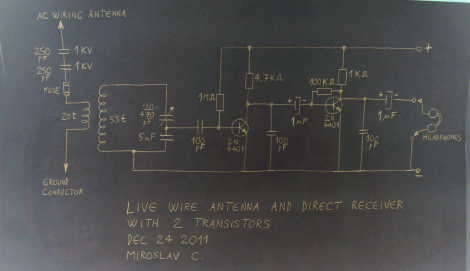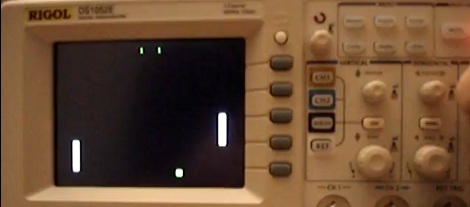
2011 was an interesting year here at Hackaday. We have about 24% more viewers now than we did last year. We started producing our own video content and we have shown some pretty interesting projects in our daily posts. In this post, we are gathering together the best of the best.
Our #1 post for the year with 175,000 views is about a 1 megawatt laser pulse pistol. Not only does this build work but it also looks cool. It’s definitely one to take a look at.
Coming in with 157,000 views is a post about how to insert your logo into a QR code. This one was done by our own [Brian Benchoff] and was a runaway success from the first week that we posted it.
In third place with 151,000 views is a post that could help you if you are trying to pick a development board to learn a new processor with. This post breaks down the various development boards available at the time of its writing into three different categories organized by price.
In fourth place with 114,000 views is one about an unique lock composed of color changing buttons. Your pass code is a series of colors instead of digits in an ordinary code lock. This build fits behind a standard wall plate so that it can be mounted cleanly using off-the-shelf hardware from the hardware store.
Wrapping things up at fifth place is a post describing how you can download books from Google using an utility called Google Book Downloader. We have no idea of the legality of this one. The original link is down but it seems that it is still available elsewhere on the internet.
















